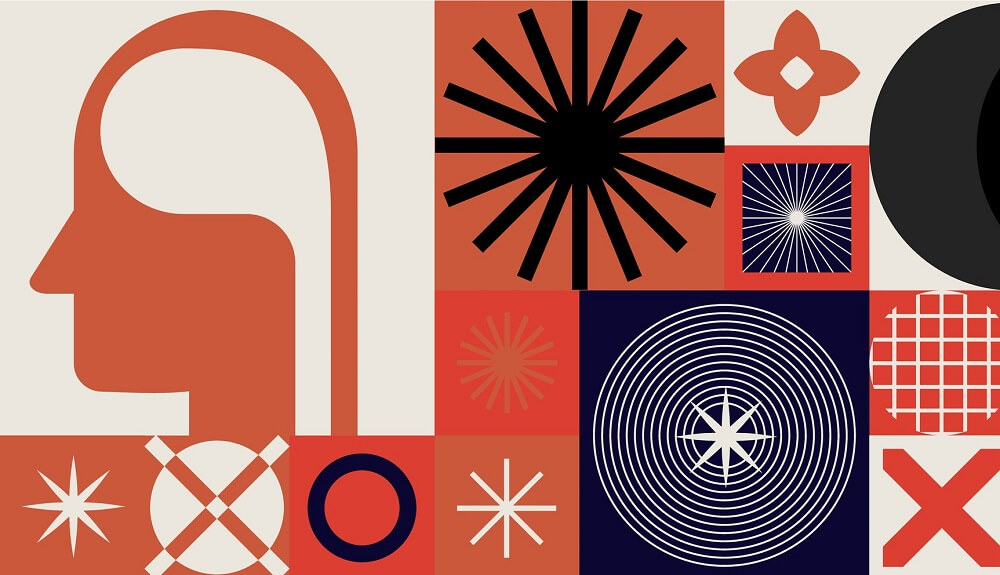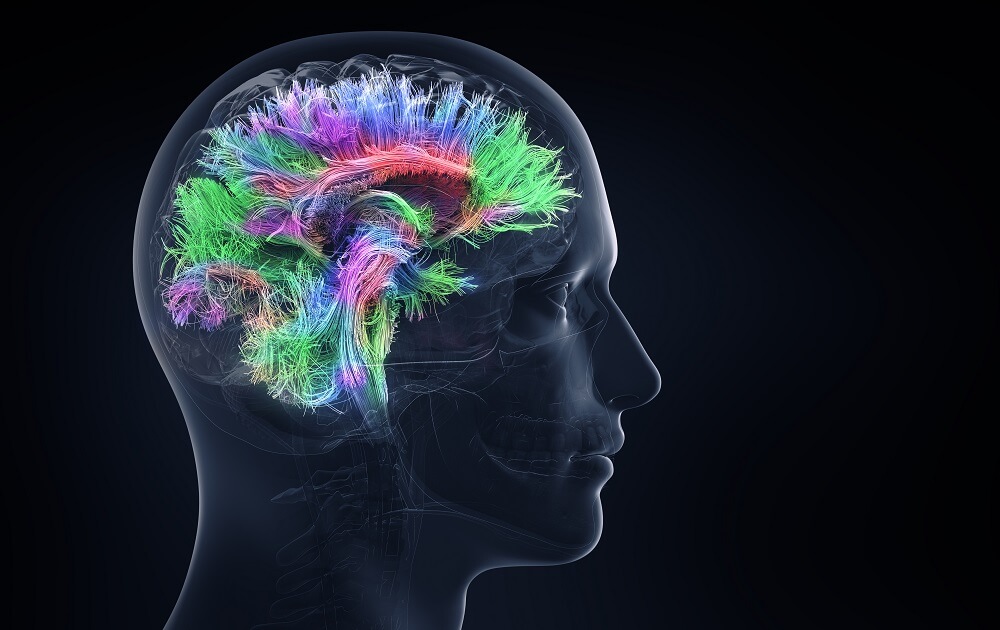
7 Most-Common Myths About the Human Brain

As the saying goes, “people believe what they want to believe.” However, there’s a scientific basis for this; as one dictionary definition puts it, “Selective thinking may be defined as a thinking process by which one focuses on useful or related facts or ideas while ignoring unrelated facts or ideas.”
It’s interesting that memories can be formulated and recalled with different neurons and are also heavily influenced by current events in one’s life. That’s why eyewitness testimony is considered to be less than reliable in legal cases, as memories can be ambushed and reshaped.
Myths are one of the many wonders of the world. Some claim humans have not fully evolved, with oversized adrenaline glands and frontal cortexes, leading to a tendency towards unfounded beliefs.
We’re taking a closer look at 7 of the best-known myths about the brain.
1. Human Brains are the Biggest
Sure, we’d all love to believe that we humans have the biggest brains. After all, look how smart we are and how we rule over all other species on earth. However, an elephant’s brain is almost four times that of a human brain, while bottlenose dolphins and whales also have way bigger brains than us.
2. Right-Brain Vs. Left-Brain
We’ve all come across those people who like to talk about the fact they’re “right-brained” or “left-brained.”
But, nothing could be further from the truth as, despite what you’ve been told, everything a person does uses both sides of the brain. You see, whether it’s to do advanced algebra, knit a sweater, or write a book, neurons are distributed evenly throughout the brain.

3. Hey, Lizard Brain
Don’t worry; you’re not an alien or a lizard or any other type of otherworldly creature. According to actual science, there is no battle between your so-called lizard brain and other parts of your brain. All the brains of mammals work in the same way, without the need for some mythical “ancient” brain hidden somewhere.
4. The Brain Reaction
While it’s a commonly held belief that the brain reacts to the world around it, the truth is that the human brain is constantly trying to digest the information available to it in its attempt to predict the future. It all happens within a split second and is a normal part of how the brain prepares the proper reactions in different situations.
5. Brain Cells are limited
Many mothers have warned their children not to bang their heads as it kills brain cells. And, as everyone assumes, brain cells are finite and never grow back; even scientists believed this until research showed that there is something called neurogenesis. Some research even suggests that all neurons in the hippocampus area regenerate by the time a person reaches their 50s. Interestingly, Dr. Efrati’s recent clinical research into the effects of Hyperbaric Oxygen Therapy on Neurogenesis concludes that it does have an effect on regeneration in the brain.
6. Only Bodies Feel
It’s really just intuitive to assume that when you feel a sensation on your skin, you think that’s where the feeling is created and felt. However, as we come to understand the wonders of the human brain in more detail, all feelings felt come from the brain. The brain is so smart that it combines a variety of external factors, which it automatically cross-references with past experiences.
7. Reconstructing Memories
Memory might seem crystal clear to people, but it isn’t. Memories are reconstructed, not recalled, by the brain. Memory reconsolidation is the first step in the process. After being stored short-term in the hippocampus, they move to other parts of the brain. When you need to access them, your brain reassembles them.

Final Thoughts
Neuroscience has come a long way in recent years as brain imaging technology advances to new heights. Clinical trials have also taught us a lot about the way the brain works and how it reacts to trauma, injury, and events like strokes. There is strong evidence that cognitive training and healthy eating, when combined with regular exercise, can repair brain damage. Recent studies surrounding the use of Hyperbaric Oxygen Therapy to treat stroke conditions, Long COVID, and Post Concussion Syndrome have highlighted some fascinating results.
If you’re interested to learn more about the evidence-based Aviv Clinics Protocol, which has helped more than 2,000 people already, simply contact us.
Aviv Medical Program provides you with a unique opportunity to invest in your health while you age



